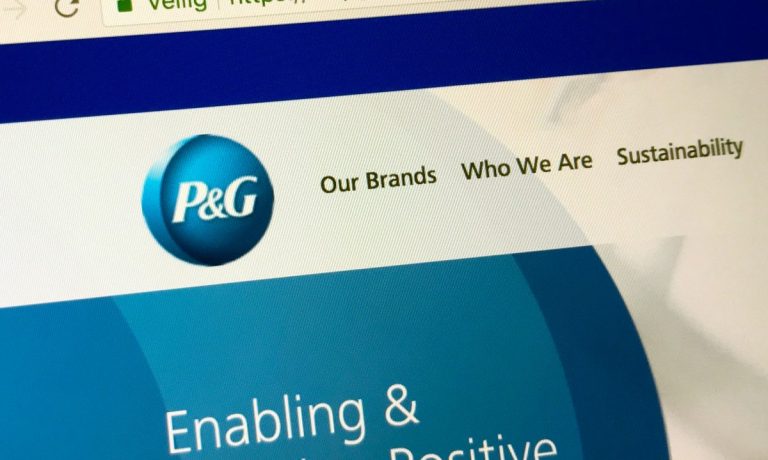
Consumers are increasingly looking to get as many of their needs as possible met online, and brands that fail to adapt risk falling behind. Consumer-packaged goods (CPG) giant Colgate-Palmolive, for one, has been looking to boost its digital performance across brands.
The company has especially seen digital strength in its Hill’s Pet Nutrition subsidiary, leveraging the brand’s digital capabilities to serve as a company-wide template.
“You’ve seen our eCommerce business is one of the fastest-growing channel businesses that we have today,” Colgate-Palmolive’s Chairman and CEO Noel Wallace told analysts on a call Friday (Oct. 28) discussing the company’s third quarter 2022 financial results. “Our market shares in markets like China, which is the biggest eCommerce market, are out-delivering against any other competitor in the market, and we really attribute that to leveraging the scalability of certain capabilities across the enterprise.”
These capabilities include digital insights, online media and more granular analytics related to revenue growth management.
Competitors are also focusing on their digital presence. Procter & Gamble, for instance, has been directing its marketing focus towards online channels.
“We now have more than 50% of our media spend in digital,” the company’s CFO Andre Schulten told analysts on a call earlier this month discussing financial results for the first quarter of fiscal year 2023. “We are increasing our first-party data and our digital capabilities to increase precision of reach, not only in the U.S. or in Europe, but around the world.”
Additionally, Keurig Dr Pepper noted Thursday (Oct. 27) on a call discussing the company’s third quarter 2022 results that Keurig’s eCommerce business contributed to the company’s omnichannel strength. Similarly, Johnson & Johnson noted on its third-quarter earnings call that its consumer health business, recently named Kenvue, will be a “modern, digital-first company.”
Leading the pack for center-aisle brands as far as focusing on digital insights is Mars. The company announced a partnership with consumer rewards app Fetch to offer points for purchasing the company’s products when shoppers send in a picture of their receipts, enabling the confectionery to gather more data about how and when consumers are purchasing their products.
The news comes as consumers increasingly turn to digital channels to get their packaged products and dry goods grocery needs met, even as they continue to shop in stores for fresh items such as meat and produce.
“Subscription services such as Amazon Subscribe & Save and [direct-to-consumer (D2C)] specialty brands are whittling away the center aisle purchases from grocery stores — of course, at different paces with different merchants in different countries — and will for some time,” PYMNTS’ Karen Webster observed in a feature last month.
Overall, a large share of consumers are purchasing groceries online. According to data from the July edition of PYMNTS’ ConnectedEconomy™ series, “The ConnectedEconomy™ Monthly Report: The Rise of the Smart Home,” which drew from a survey of more than 2,600 U.S. consumers, 40% order groceries online for home delivery every month. Additionally, 16% do so every week.
Read the full report: The ConnectedEconomy™ Monthly Report: The Rise of the Smart Home